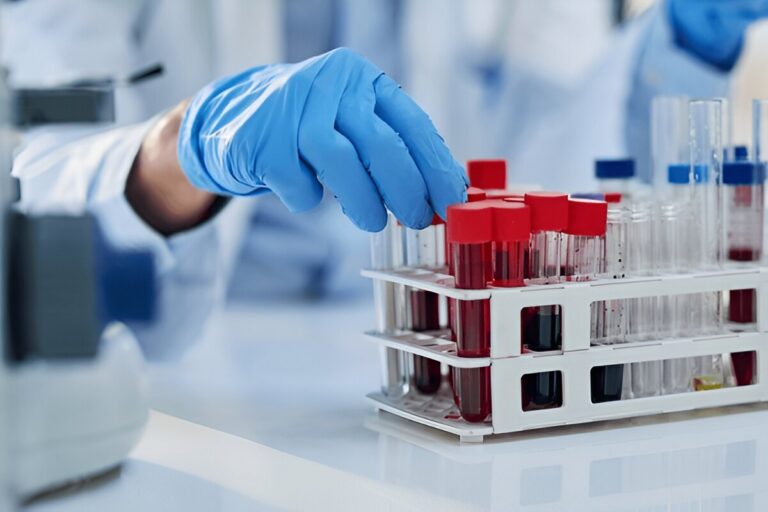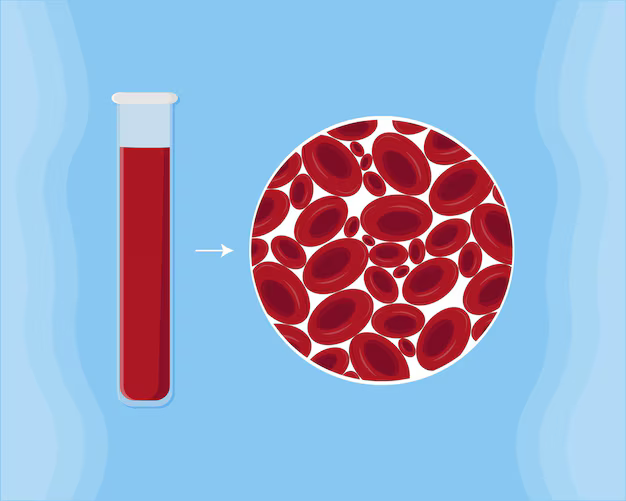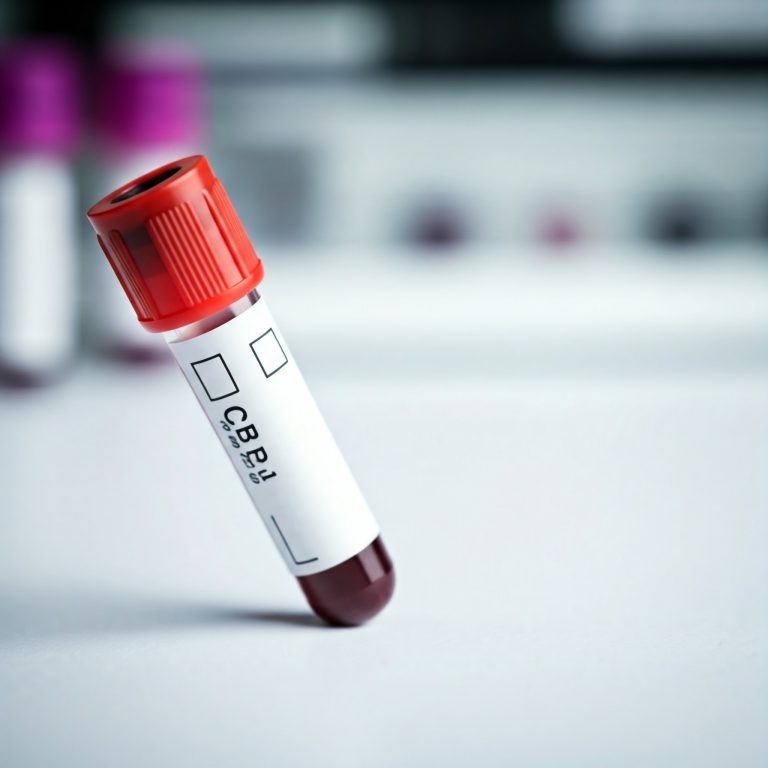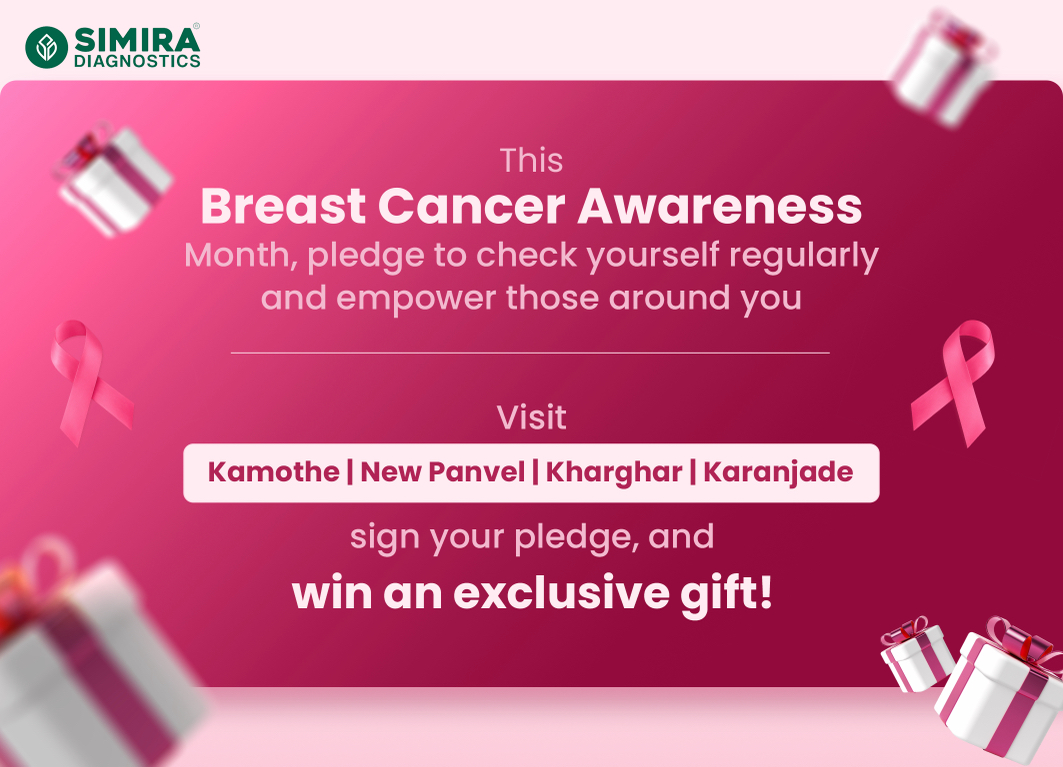PPBS Test: Your Guide to Post Prandial Blood Sugar
October 01,2025

Ever wondered what happens to your blood sugar after that plate of biryani, pasta, or even a “healthy” smoothie? That’s exactly what the PPBS test (Post Prandial Blood Sugar test) measures. It tells you how your body handles glucose after eating, and if you think this sounds important, you’re right.
For people living with diabetes, or even those at risk, knowing your PP blood sugar level after meals is like checking how well your car engine runs after a long drive. It helps you and your doctor decide if lifestyle changes or treatments are working.
Let’s break it down step by step.
What Is Post Prandial Blood Sugar?
Post prandial blood sugar (PPBS) simply means the level of glucose in your blood after you’ve eaten a meal. Usually, doctors recommend testing it two hours after starting a meal, because that’s when sugar from food has entered your bloodstream and your body should be handling it effectively.
The ppbs blood test is often paired with a fasting test to give a complete picture of how your body manages glucose both before and after food. Together, these tests can be life-saving tools in diagnosing and managing diabetes.
What Affects PP Blood Sugar Levels?
So why does one person’s pp sugar test come out normal while another’s spikes sky-high? Here are the big factors:
- Type of food: Carbs (bread, rice, sweets) shoot blood sugar up faster than protein or fiber.
- Meal size & timing: Bigger meals = bigger glucose surges.
- Insulin response: If your body doesn’t make or use insulin effectively, glucose lingers in the blood.
- Activity levels: A walk after lunch can help glucose move into cells faster.
- Overall health: Conditions like diabetes or hormonal imbalances affect how your body manages sugar.
- Medications: Some drugs raise or lower blood glucose.
- Stress & hormones: Stress hormones like cortisol can cause higher post prandial blood sugar.
Signs Your Post Prandial Blood Sugar May Be Abnormal
High or low pp blood sugar levels can show up with different symptoms.
High PPBS (Hyperglycemia)
- Excessive thirst
- Frequent urination
- Blurred vision
- Headaches
- Fatigue
Low PPBS (Hypoglycemia)
- Shakiness
- Sweating
- Fast heartbeat
- Dizziness
- Hunger and irritability
If these symptoms show up regularly after meals, it’s a signal to get your ppbs test done soon.
How the PPBS Blood Test Works
The pp sugar test is simple but powerful. Here’s what typically happens:
- Eat normally: No special meal is required.
- Wait 2 hours: Your body digests food and releases glucose.
- Blood draw: A lab technician measures your post prandial blood sugar.
PPBS Normal Range
- For healthy individuals: 70–140 mg/dL two hours after eating.
- For people with diabetes: doctors may set personalized goals, sometimes up to 180 mg/dL, depending on age and health status.
Anything consistently above or below these ranges is worth a doctor’s attention.
Managing Post Prandial Blood Sugar
Here’s the good news: even if your pp blood sugar level isn’t ideal, small lifestyle tweaks can make a big difference.
1. Eat Smart
Choose foods with a low glycemic index (whole grains, veggies, beans, lean proteins). Smaller, balanced portions keep sugar spikes in check.
2. Move After Meals
A light walk, stretching, or even household chores help glucose move into your muscles instead of staying in your blood.
3. Medication & Insulin
If prescribed, take medicines or insulin as directed. These help your body process glucose effectively.
4. Monitor Regularly
Track your ppbs normal range with regular ppbs tests or use continuous glucose monitors (CGMs) for real-time updates.
Why the PPBS Test Matters
Ignoring post prandial blood sugar can lead to silent but dangerous complications like heart disease, kidney problems, or nerve damage. The ppbs test is more than just a number—it’s a snapshot of how well your body is protecting your long-term health.
Conclusion: Take Control, One Test at a Time
The ppbs blood test isn’t just for people with diabetes. It’s for anyone who wants to understand how their body responds to food. By keeping your pp sugar test results within the ppbs normal range, you’re actively lowering your risk of serious complications.
So, the next time you finish a meal, remember: your body is giving you clues. All you need to do is listen—sometimes with the help of a simple test.
Talk to your doctor about scheduling a PPBS test and start tracking your post prandial blood sugar today.
FAQs on Post Prandial Blood Sugar
1. What is the PPBS test?
The PPBS test, or pp sugar test, measures your blood glucose level two hours after a meal.
2. What is the normal range for PPBS?
The ppbs normal range is usually 70–140 mg/dL for healthy individuals, but diabetics may have slightly higher targets.
3. Why is the PPBS blood test important?
It helps detect how well your body handles sugar after meals, making it crucial for diagnosing and managing diabetes.
4. How often should I take the PP sugar test?
Your doctor may recommend checking regularly if you have diabetes or risk factors like obesity, family history, or high blood pressure.
5. Can lifestyle changes improve PP blood sugar levels?
Yes! Healthy eating, regular exercise, stress management, and proper medication can help stabilize post prandial blood sugar.
References / Sources
- Mayo Clinic – Blood glucose testing: Why, when and how
- American Diabetes Association – Standards of Medical Care in Diabetes
- National Institute of Diabetes and Digestive and Kidney Diseases (NIDDK) – Managing Blood Sugar
- CDC – Diabetes Symptoms
- Cleveland Clinic – Blood Sugar Levels: Normal Ranges
- Johns Hopkins Medicine – Diabetes and Blood Glucose Testing
- Harvard T.H. Chan School of Public Health – Glycemic Index and Diabetes
- National Library of Medicine – Insulin Therapy in Diabetes
- FDA – Continuous Glucose Monitoring Devices
- WHO – Diabetes Complications









Leave a Reply